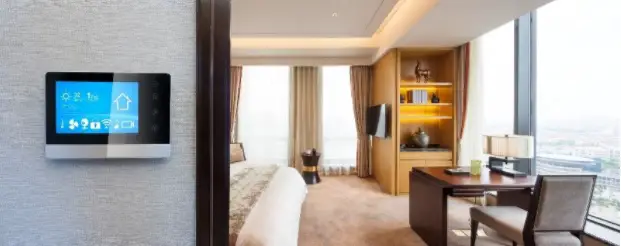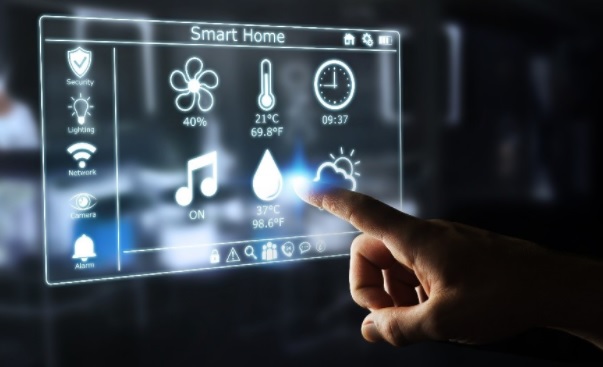
The idea of a smart home is no longer something that’s limited to the uber-wealthy or technologically inclined. The average homeowner has started to embrace the technology, and according to S & P Market Intelligence, about 12.5 percent of all U.S. households are now considered “smart” – and that number is only expected to increase. In fact, by 2021, the researchers predict, the number of smart homes will skyrocket to 28 percent, and only grow from there.
Given how fast technology develops, what can we expect from smart homes in just a mere 3-4 years? As you might expect, the smart home of tomorrow is going to look a bit different than what we have today, and will likely have some of these features.
- Standardized Home Automation Platforms
One issue that many homeowners have with smart home devices on the market now is that there are multiple operating systems available, which can make it tricky to find compatible devices and create a seamless experience. As more products and protocols are consolidated, it will take the guesswork out of purchasing home automation products, and make them easier to install and operate.
- Smart Homes Will Influence Home Sales
Much like granite countertops and jetted tubs have had periods of demand by homebuyers, by 2020, many buyers are going to expect homes to have at least some smart features. Features that help save money on energy bills are likely to be in the most demand, so installing a connected thermostat or smart light switches are worth the investment.
Smart technology is also likely to change the home selling process as well. Some Realtors have already begun using smart technology to help sell homes, implementing technology such as beacons onto for sale signs outside of homes. When a potential buyer passes by a home with this technology, he or she will receive a message via the beacon that will connect them to more information about the home, including virtual tours.
- Improved Sensor Technology

Many Internet of Things devices operate using sensors – in particular, the smart thermostats – but you can expect that technology to be used in new ways as we go forward. For example, a termite infestation can spell disaster for your home, but what if you knew that the pests were there before they did any damage? Devices equipped with sensors that can be placed in high-risk areas are already in development and will send you an alert when termites are present so that homeowners can take corrective action. Already we are seeing smart sensors in other safety equipment, such as smoke detectors, which can send homeowners alerts when there is an emergency, or the battery needs to be changed, but that technology is expected to spread to other devices, including electrical boxes, HVAC systems, furnaces, and hot water heaters, to give homeowners a heads up whenever there is something potentially damaging or costly taking place.
- Smart Furniture
Not all of the smart home developments expected over the next few years are aimed at saving money or improving safety. Some of them are just plain fun! A few years ago, Swedish home goods giant Ikea made waves when it announced a new line of lamps that could wirelessly charge your devices if they used the same charging standard. Ikea predicted that the lamps are only the beginning of a new niche of connected furniture. Some of the products in development include:
- Sleep Number is working on a connected bed that will automatically adjust according to your sleep (for example, raise the head of the bed when you are snoring), as well as provide other features like instant notification when a child is sick or gets out of bed.
- European sofa designers are developing smart sofas that can be automatically adjusted for comfort using an application.
- Smart wardrobes and dressing tables not only help organize clothes and toiletries, but can help you choose an outfit, hairstyle, and makeup look.
- Smart kitchen shelving will allow you to keep track of what’s in the pantry, find recipes for the ingredients you have on hand, and make shopping lists.
- Going (Even More) Green
Studies have already shown that using a smart thermostat can shave as much as 30 percent off of energy bills. However, expect that going forward, there will be even more emphasis on making homes “green” and energy efficient. For example, researchers are currently experimenting with sensor-equipped clothing that works with smart thermostats to automatically adjust room conditions to individuals. Other technologies in development include more devices connected to motion sensors, which can reduce electricity usage considerably.
No one can predict the future with 100 percent accuracy, but based on current trends and user demand, it’s easy to assume that these smart developments will be common within the next few years – plus more that we can’t even imagine yet.










